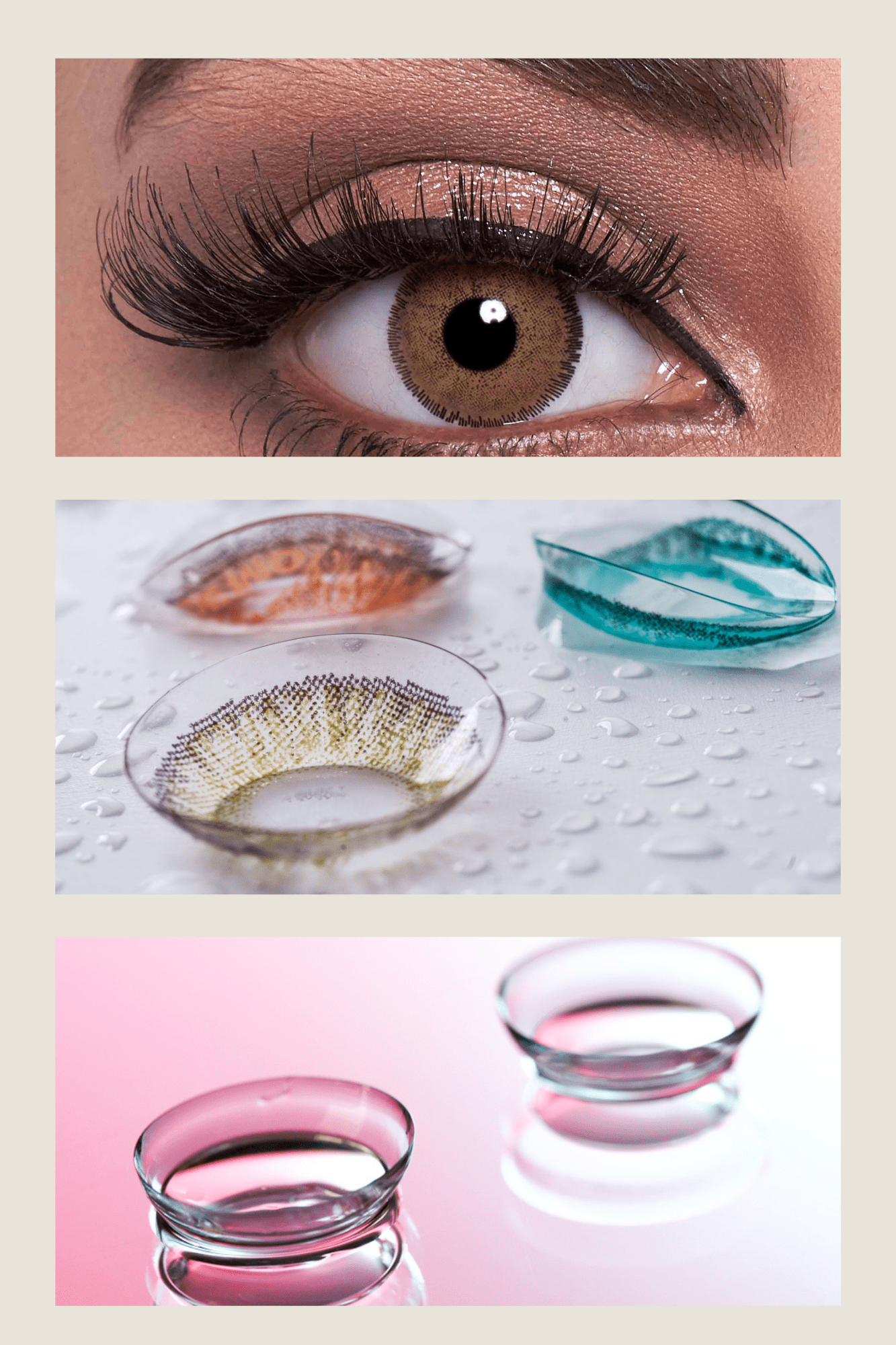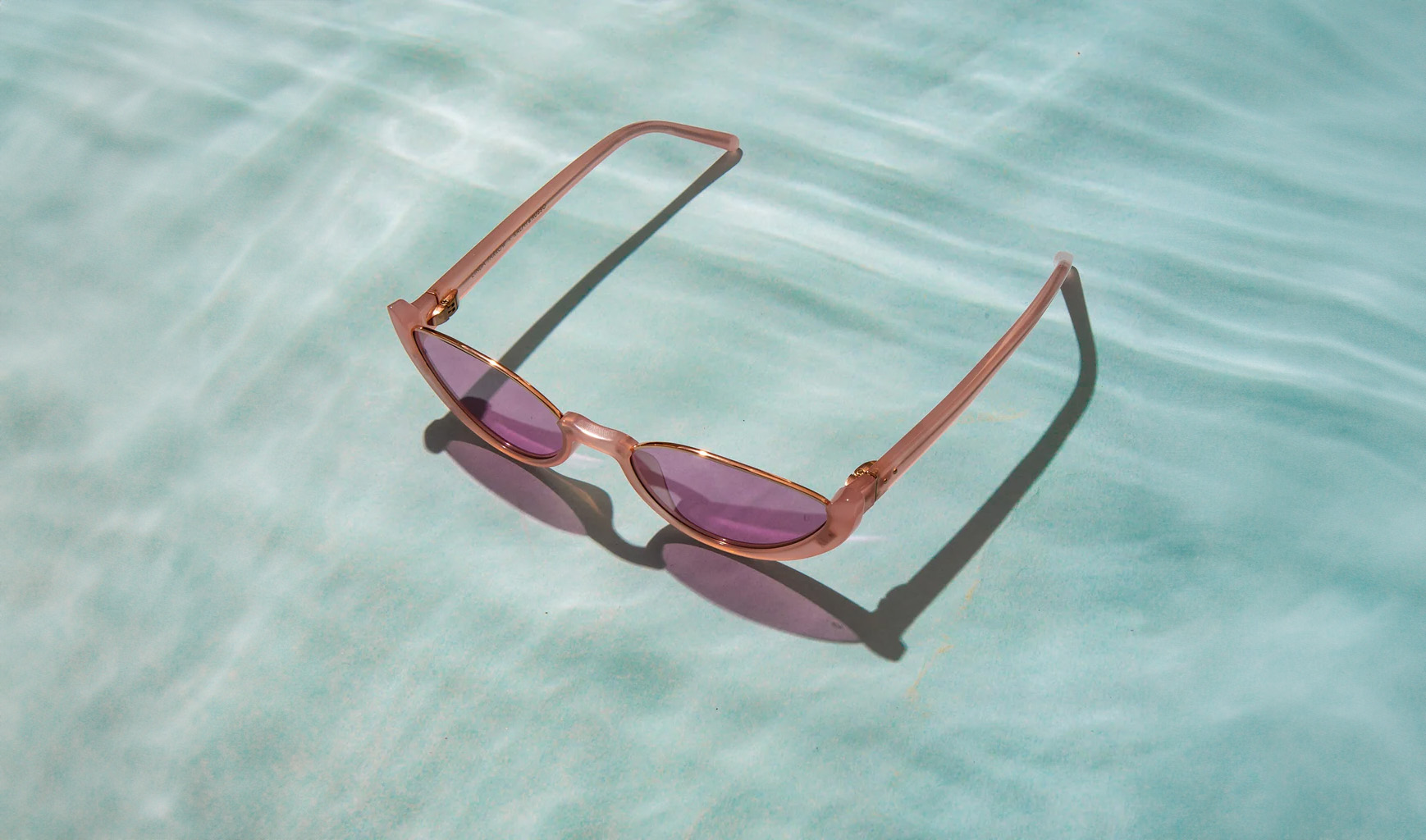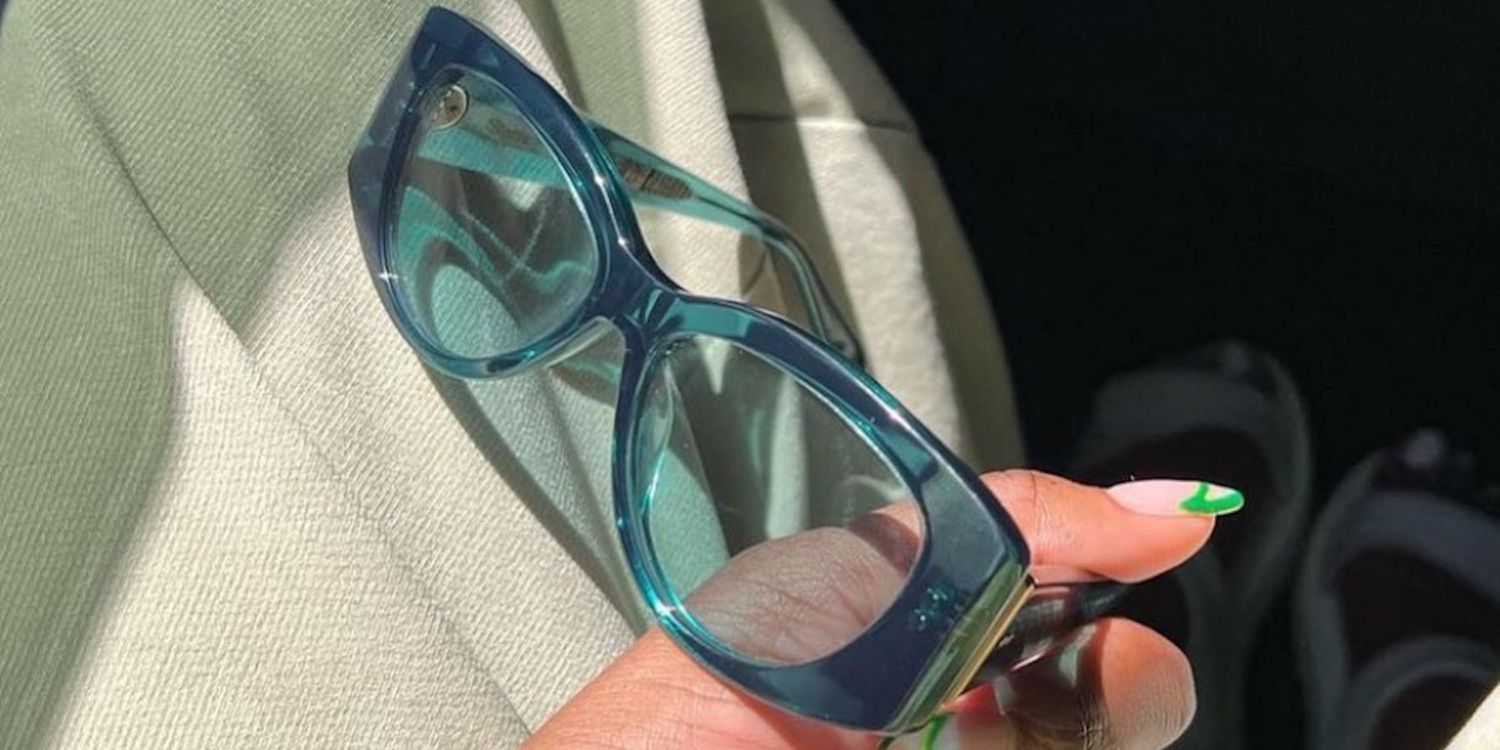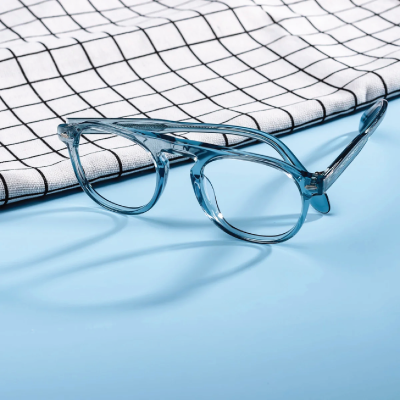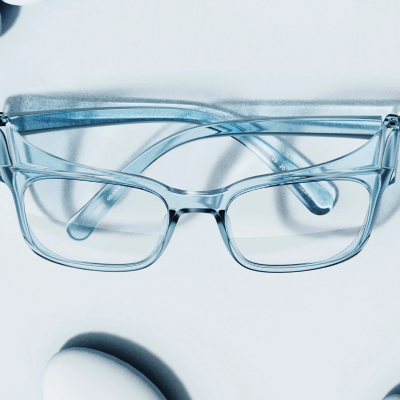
In today’s digital age, reading has extended beyond traditional books to encompass screens of all sizes. Whether it’s e-books, articles, or online research, prolonged screen time can often lead to eye strain and discomfort. This article aims to provide valuable insights and actionable tips to help you prevent and reduce eye strain while reading, ensuring optimal eye health.
Eye strain, also known as digital eye strain or computer vision syndrome, occurs when the eyes are subjected to extended periods of focusing on digital screens. Common symptoms include dryness, irritation, blurry vision, headaches, and difficulty focusing on distant objects after prolonged screen exposure. (Chu , et al., 2023)
Tips to Prevent Eye Strain:
- Follow the 20-20-20 rule: To alleviate eye strain, follow the 20-20-20 rule. Every 20 minutes, take a 20-second break and focus on an object at least 20 feet away. This helps relax your eye muscles and reduces the strain caused by continuous near-distance focusing.
- Optimal lighting conditions: Adequate lighting is crucial while reading. Ensure that your reading environment is well-lit to reduce glare and strain on your eyes. Use indirect lighting that evenly illuminates the space without causing reflections on your screen.
- Screen position and ergonomics: Position your screen at eye level, about 20 to 30 inches away from your eyes. Adjust the screen’s brightness and contrast settings to a comfortable level. Additionally, maintain proper posture to prevent neck and back strain.
- Font size and style: Adjust the font size and style to enhance readability. Opt for fonts with clear, well-defined characters. Avoid excessively small fonts, as they can force your eyes to strain to decipher the text.
- Blink regularly: Blinking helps keep your eyes moisturized and prevents dryness. Remind yourself to blink consciously, especially when engrossed in reading on digital devices.
- Use blue light filters: Blue light emitted by screens can contribute to eye strain and disrupt sleep patterns. Consider using blue light filters or specialized glasses that block harmful blue light to reduce strain and improve sleep quality.
- Screen calibration: Calibrate your screens to ensure proper colour temperature and contrast. Warmer tones are generally easier on the eyes, especially during evening reading sessions.
- Hydration and nutrition: Staying hydrated supports overall eye health. Include foods rich in vitamins A, C, and E, as well as omega-3 fatty acids, to promote healthy vision.
- Regular eye exams: Schedule regular eye check-ups to identify and address any underlying vision issues. An eye care professional can prescribe glasses or contact lenses tailored to your reading needs.
- Digital detox: Give your eyes regular breaks by incorporating screen-free reading sessions into your routine. Choose printed books or e-ink devices that mimic the appearance of paper.
(Association, 2023), (Clinic, 2022), (Coles-brennan, et al., 2019), (Abusharha , 2017)
As your trusted optical partner, we understand the importance of preserving your eyesight. Prioritizing your eye health while reading is essential in today’s digital world. By following these tips and incorporating them into your reading habits, you can prevent and reduce eye strain, ensuring comfortable and enjoyable reading experiences. Remember that a few simple adjustments can go a long way in safeguarding your precious eyesight.
During this international reading month, we extend our commitment to your visual well-being. Visit us for personalized eye examinations, tailored eyewear solutions, and expert advice on maintaining healthy vision while indulging in the pleasure of reading. Let’s celebrate reading not only as a literary endeavour but also as an avenue to sharpen and cherish the gift of sight. Happy Reading Month, and here’s to your vibrant eyesight!
Refer to the below articles and websites for more information:
- Abusharha , A., 2017. Changes in blink rate and ocular symptoms during different reading tasks. Clinical optometry, Volume 9, pp. 133-138.
- Association, A. O., 2023. Amercian Optometric Association. [Online] Available at: https://www.aoa.org/healthy-eyes/eye-and-vision-conditions/computer-vision-syndrome?sso=y
- Chu , G. C. H. et al., 2023. Association between time spent on smartphones and digital eye strain: A 1-year prospective observational study among Hong Kong children and adolescents.
- Environmental science and pollution research international, 30(20), pp. 58428-58435.
- Clinic, M., 2022. Eyestrain. [Online] Available at: https://www.mayoclinic.org/diseases-conditions/eyestrain/diagnosis-treatment/drc-20372403
- Coles-brennan, C., Sulley, A. & Young, G., 2019. Management of digital eye strain. Clinical and Experimental Optometry, 102(1), pp. 18-29.





